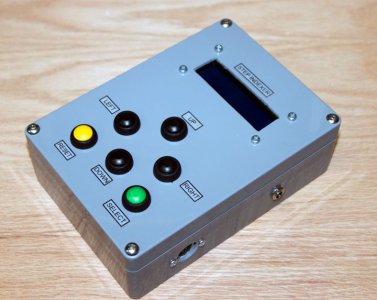- Joined
- Mar 24, 2012
- Messages
- 33
I regularly see threads about sharpening drill bits. I sometimes try to sharpen bits by hand but I agree 100% with the davidh's comment that "I don't have enough Saturdays left in my life".
I guess I have to agree with davidh, especially on the smaller bits. Larger ones are sometimes worth sharpening though.
Could the indexer be set at the proper angle on the mill table and then rotated to the proper orientation. With a grinding stone in the mill, advance the table to grind. Retract, rotate exactly 180 degrees (using the digindexer's accuracy) and repeat? Maybe a similar process would work for mills with the rotation a function of the number of flutes. Or is the initial angular/rotational alignment too difficult to get accurate enough?
Offhand I could could think of some simple jigs to do a 180 alignment of a rotating collar or chuck that doesn't need steppers, etc. but the step indexer would surely turn it accurately enough. I would be concerned that, depending on the angle presented to the wheel, that the stepper has enough holding torque to keep the bit locked in place - you might need a brake on it.


